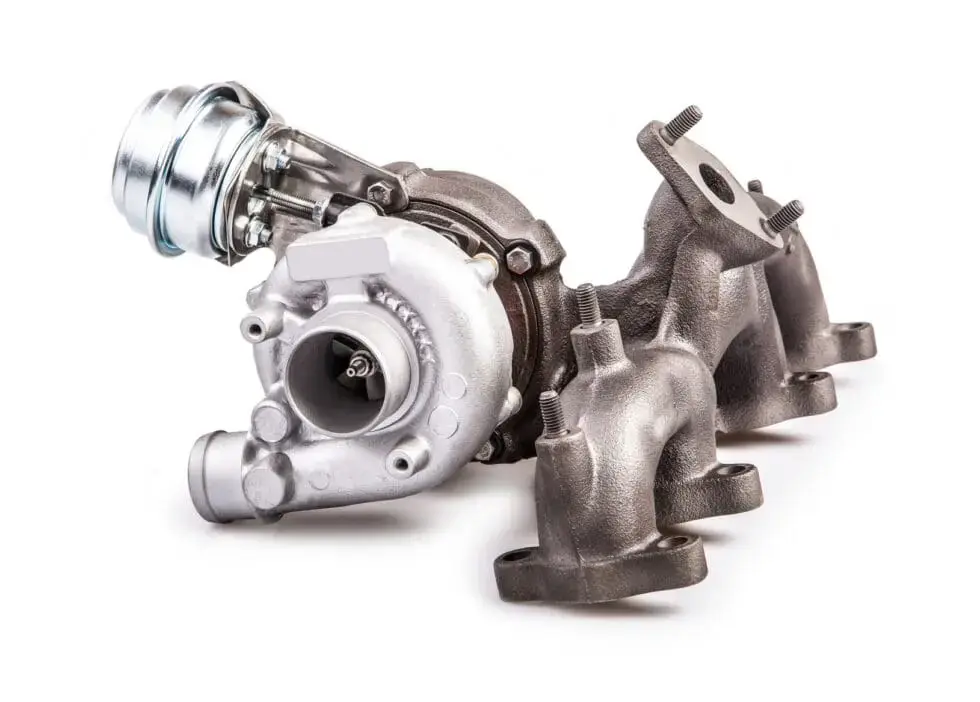Downsizing engines are considered key to CO₂ reduction while maintaining high driving performance. Critical to their efficiency is the precise control of boost pressure – a complex process where measurement technology plays a central role.
To meet increasing emission standards, automakers are increasingly relying on compact gasoline engines with turbocharging. This technology is at the core of what is known as downsizing – targeted reduction of engine displacement while maintaining or increasing power output through turbocharging. It enables lower fuel consumption and reduced emissions without sacrificing driving dynamics. A crucial factor for the efficiency of these engines is exact regulation of boost pressure.
Challenges in Boost Pressure Regulation
A downsized engine must achieve the performance of a larger naturally aspirated engine – ideally even surpass it. To do so, a high boost pressure must be achieved even at low engine speeds, while at higher speeds, smooth power delivery must be ensured.
Moreover, the air-fuel mixture must correspond as closely as possible to the stoichiometric ratio. Especially at low speeds, uncontrolled combustion (“knocking”) can threaten, impairing performance and engine longevity.
Systems for Boost Pressure Regulation
Bypass Control
A classic method is bypass regulation via a so-called wastegate. Once the desired boost pressure is reached, some of the exhaust gas is diverted around the turbine – a simple but proven solution.
Variable Turbine Geometry (VTG)
More advanced systems use adjustable turbine geometry. Guide vanes inside the turbine dynamically change the flow cross-section: closed at low speeds, open at high speeds. This allows the boost pressure to be optimally regulated under varying load conditions.
Electronic Boost Pressure Control
Modern downsizing engines utilize electronic controls for boost regulation. Unlike purely pneumatic systems, they allow for more precise control – especially in partial load conditions. Factors such as intake air temperature, ignition timing, or fuel quality are incorporated into the control strategy.
Simulation and Testing Procedures
The development of efficient turbo engines relies on simulations and measurements. Key is the creation of pressure maps for the compressor and turbine. These are based on the precise recording of:
- Intake manifold pressure
- Boost pressure
- Barometric pressure
- Coolant and oil temperature
Such tests are typically conducted on engine test benches in climate chambers. Disturbances such as standing waves in the exhaust system – which can damage turbo components – are also examined there.
A well-calibrated simulation model ultimately saves time and costs in engine development and helps to reduce or target real test runs more efficiently.
Conclusion
Precise measurement and regulation of boost pressure are central to the efficiency, durability, and environmental friendliness of modern downsizing turbo engines. Advanced technologies and thorough testing procedures provide the necessary foundation to meet future mobility and emission requirements.
